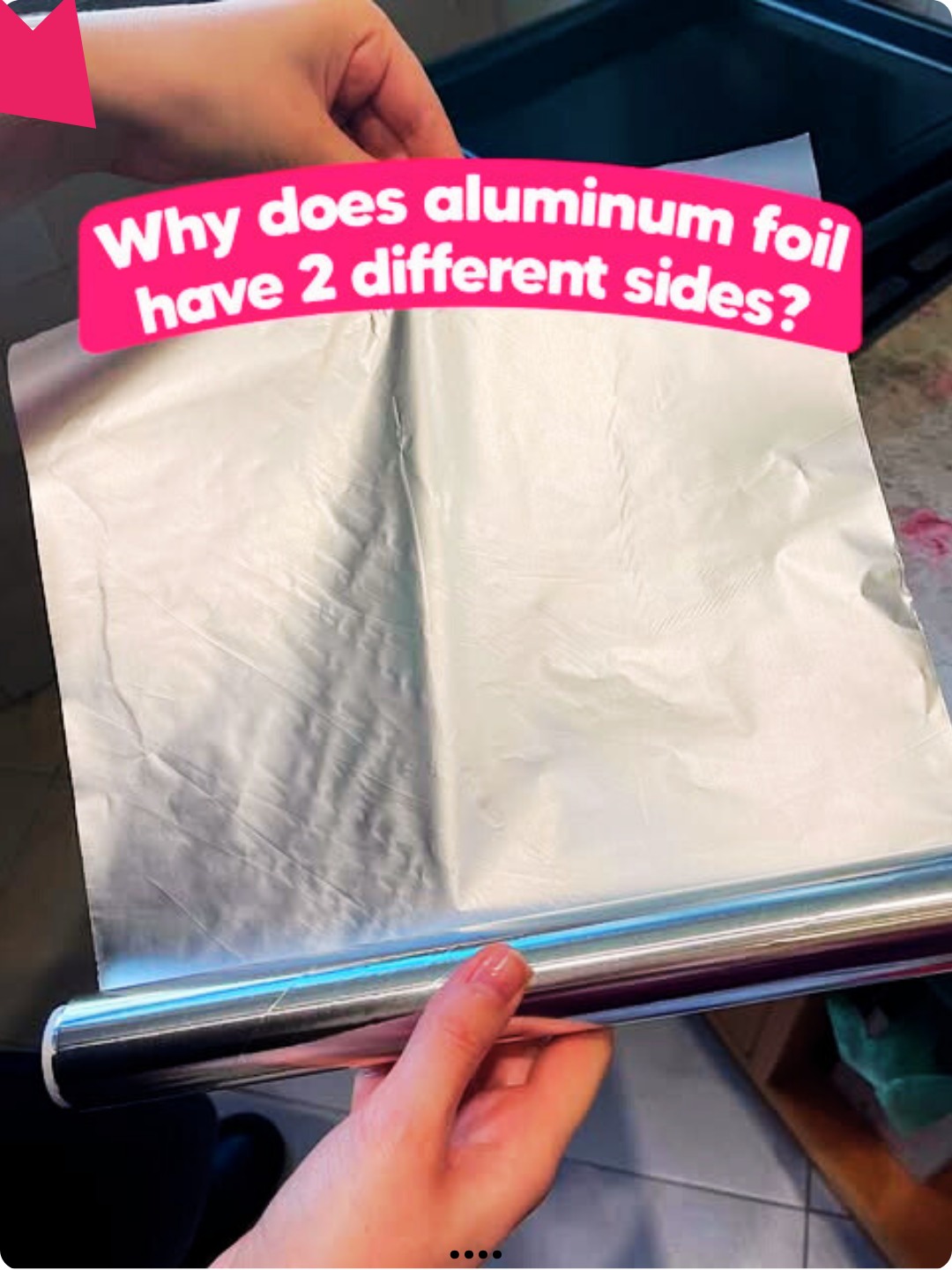Think of it like baking cookies: one side touches the hot pan (crispy), the other faces up (softer). Same material, different texture — but both edible.
When the Side Does Matter: Non-Stick Aluminum Foil
There is one important exception: non-stick aluminum foil .
Manufacturers coat one side of this special foil with a food-safe, non-stick layer (usually a silicone-based coating). In this case:
The dull (matte) side is the non-stick side — this is the side that should face toward your food .
The shiny side is uncoated and should face outward.
Using the correct side ensures:
Easier release of food
Less sticking and tearing
Better cleanup
Always check the packaging: non-stick foil is clearly labeled, and often has instructions like “Food Side Down.”
Common Myths — Busted
Let’s clear up some persistent myths about aluminum foil:
Myth: The shiny side reflects heat better, so it cooks food faster.
Truth: The difference in reflectivity is negligible. In real-world cooking, it has no measurable effect.
Myth: Using the wrong side can release harmful chemicals.
Truth: Aluminum foil is safe on both sides. No toxic substances are released when used normally.
Myth: The shiny side keeps food warmer.
Truth: Both sides insulate equally. Heat retention depends on how tightly the food is wrapped, not the foil’s sheen.
Best Practices for Using Aluminum Foil
Even if the shiny vs. dull debate is settled, here are some smart tips for using foil effectively:
Use heavy-duty foil for grilling or high-heat cooking to prevent tearing.
Grease the foil lightly when cooking sticky foods (unless using non-stick foil).
Avoid using foil with acidic foods (like tomatoes or citrus) for long periods — it can leach small amounts of aluminum. Don’t use foil in a microwave — it can cause sparks and fire.
Wrap food tightly to prevent freezer burn and odor transfer.
Eco-Friendly Tip: Reduce, Reuse, Recycle
While aluminum foil is recyclable, it must be clean and free of food residue . Consider using reusable alternatives like:
Silicone baking mats
Beeswax wraps
Glass containers with lids
They’re better for the planet — and your kitchen.
Use It With Confidence
So, should you cook with the shiny side or the dull side?
For regular foil: Either side is fine.
For non-stick foil: Dull (matte) side toward food.
The shiny vs. dull debate is more about curiosity than consequence. The real magic of aluminum foil isn’t in its surface — it’s in its versatility.
Whether you’re roasting, grilling, storing, or reheating, use your foil without fear . And the next time someone insists on flipping the foil “the right way,” you can smile — and tell them the truth.
In the kitchen, science wins over superstition every time.
ADVERTISEMENT

